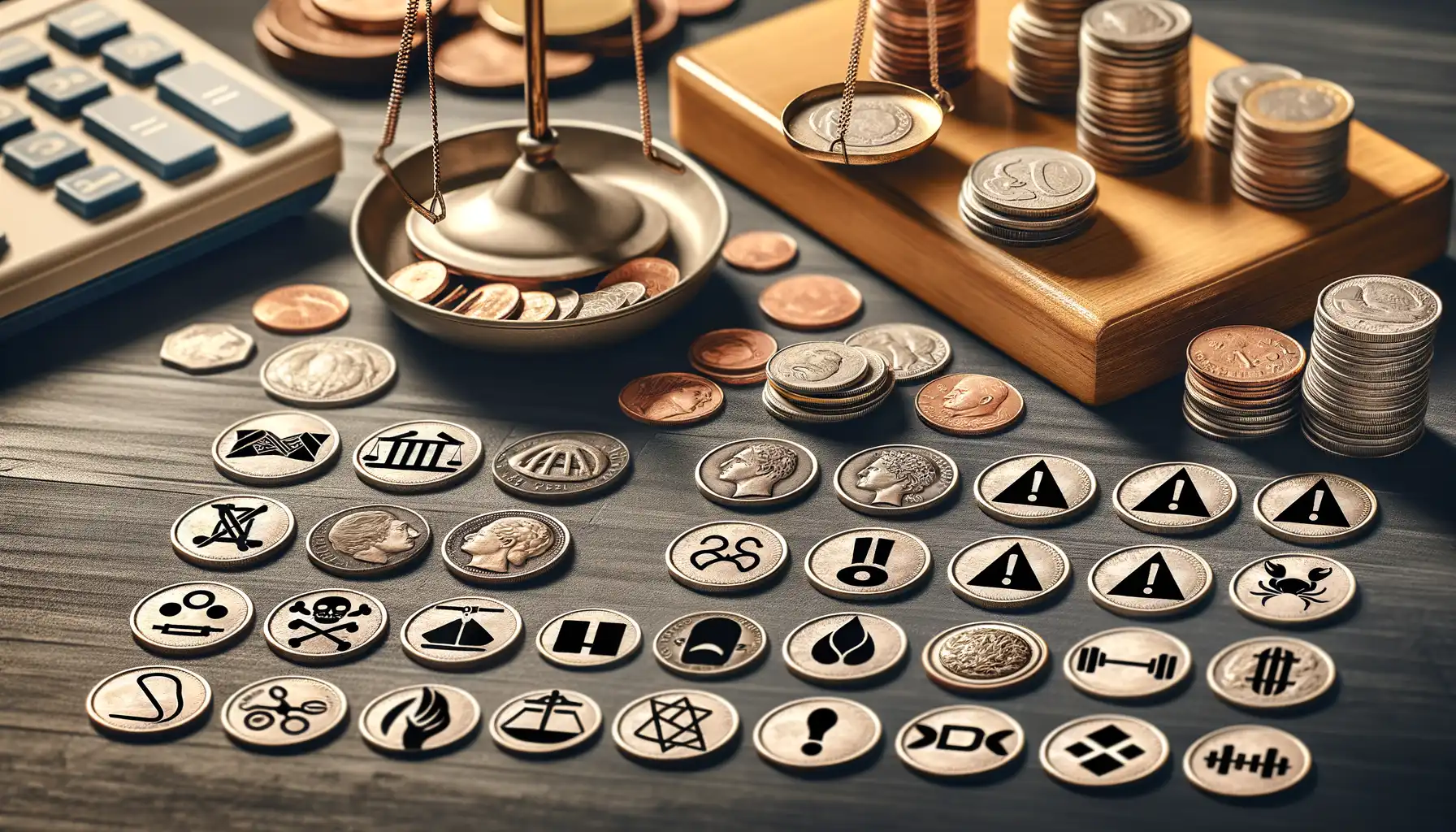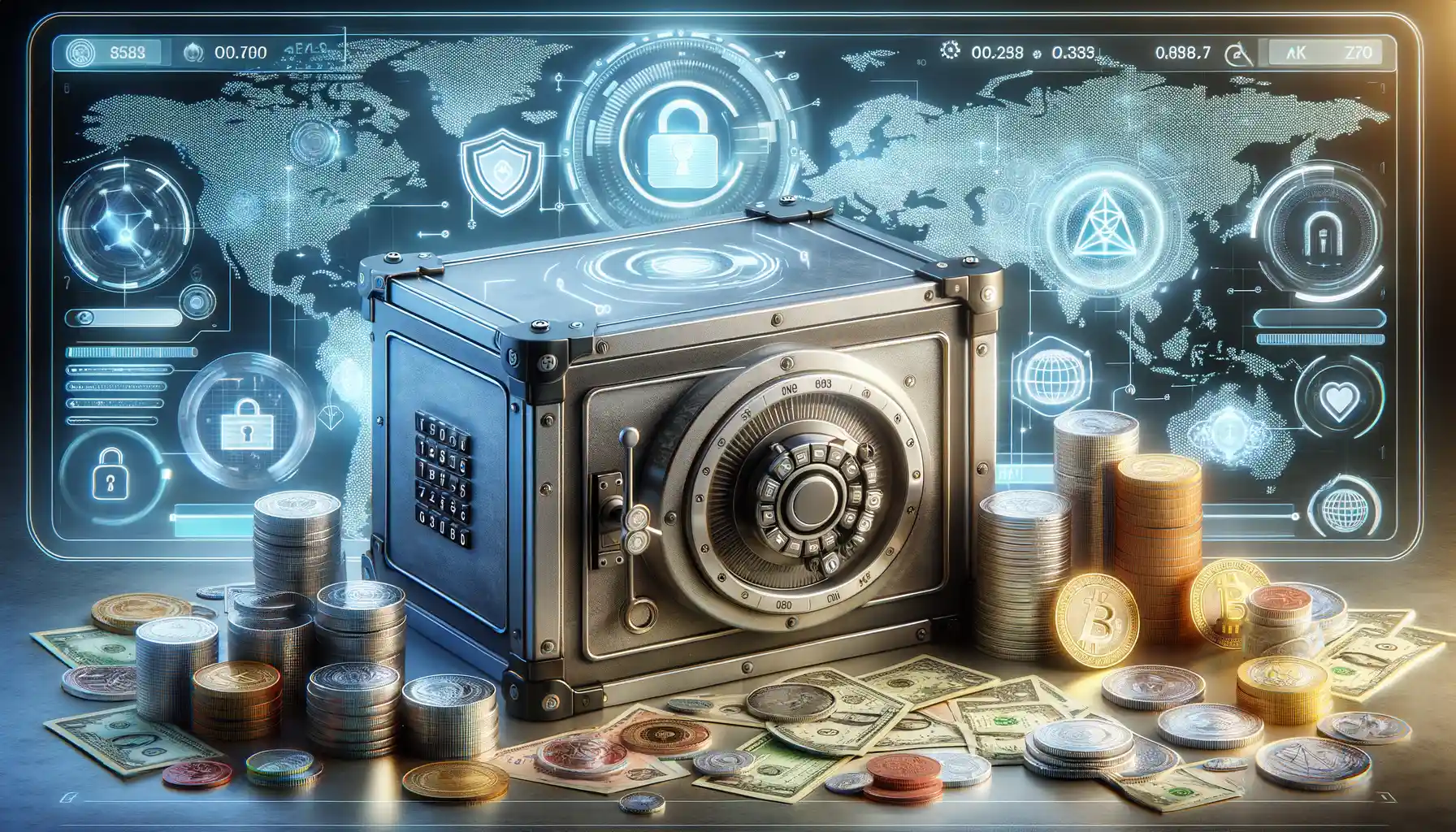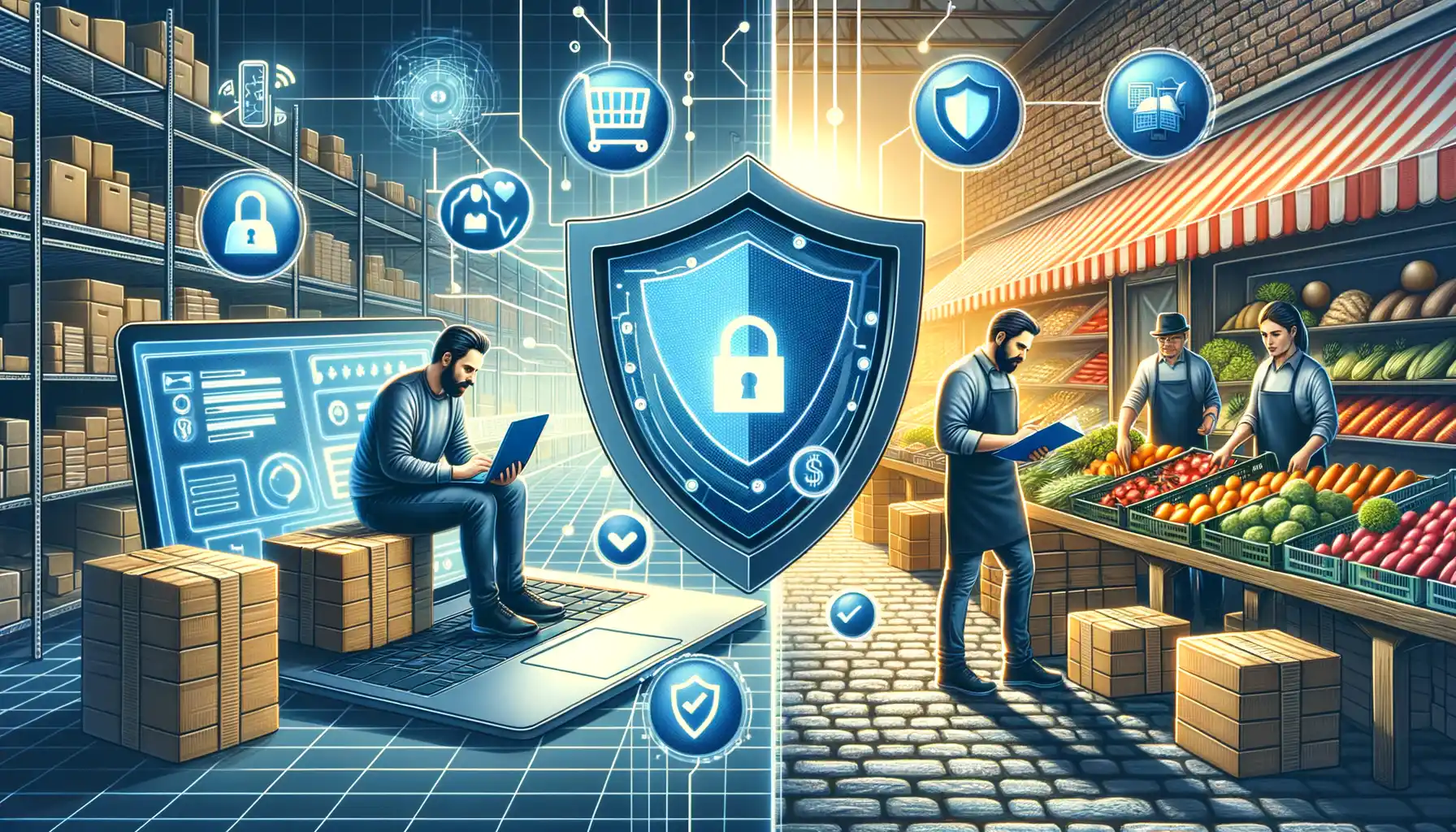Common Types of Coin Collecting Scams
Deceptive Tactics That Catch Collectors Off Guard
If you’re a coin collector, you know the thrill of finding that rare piece to complete your collection. But beware—scammers use this passion against you! These fraudsters have mastered the art of deceit, often preying on your excitement with slick tricks and hollow promises. Here are a few schemes that have burned collectors before:
- Counterfeit Coins: These fakes are like wolves in sheep’s clothing. Scammers will try to sell you meticulously crafted replicas passed off as genuine treasures.
- Bait-and-Switch Offers: Ever ordered a coin that looked pristine in the photo, only to receive a damaged, low-value substitute? This is the bait-and-switch scam at work.
- Overgrading Coins: Some sellers inflate the grade or quality of a coin to justify sky-high prices. What’s described as “mint” could turn out to be a mediocre disappointment.
- Phantom Auctions: Online auction scams lure you into bidding wars for coins that don’t even exist. By the time you realize, your payment’s gone—along with the seller.
Shady Dealers and Their Signature Moves
Fraudulent dealers love exploiting your trust. Some might pose as reputable experts using fake credentials or bogus certifications. Others play the sympathy card, spinning tales about inherited collections they “reluctantly” need to sell. My advice? If it feels too good to be true, it probably is.
Keep an eye out for vague descriptions, lack of verifiable provenance, or high-pressure tactics like “limited-time offers.” Remember, scammers thrive on creating urgency—they want you to act fast before you think twice. Stay sharp, stay skeptical, and never let your guard down!
Warning Signs of Fraudulent Coin Dealings

Red Flags That Scream “Something’s Not Right”
Picture this: you’re scrolling an online marketplace, and suddenly a rare coin catches your eye. The price? Suspiciously low. Your gut whispers, “Is this too good to be true?” It probably is. Spotting the warning signs of fraudulent coin dealings could save you not just money, but heartbreak.
First off, beware of vague or overly polished descriptions. A seller claiming their coin is “authentic” without providing specifics (like certification or provenance details)? That’s a giant red flag flapping in the wind.
Look out for these shady practices:
- Rush tactics: If the seller pressures you with phrases like “Buy now—limited time!” they’re likely more interested in closing the deal than proving the coin’s legitimacy.
- No returns allowed: Honest dealers stand by their goods. Fraudsters? Not so much.
And let’s talk about images. Are the photos blurry, or do they look suspiciously like stock pics? If a seller can’t even provide clear images, what are they hiding?
Gut Feelings Aren’t Just For Food Poisoning
Always listen to your inner skeptic. Did the seller dodge your questions or act overly defensive when asked for proof of authenticity? Trust me, that’s your cue to walk—or better yet, run. Fraudsters often rely on charm or intimidation to distract you. Stay sharp and don’t let anyone sweet-talk you into a bad deal. Remember, the best defense against scams is knowing the signs before you’re pulled into their web.
Tips to Verify the Authenticity of Coins

Watch for Telltale Signs on the Coin
Examining a coin’s physical details is your first line of defense against forgery. Imagine it as meeting someone new – their appearance, voice, and mannerisms tell you who they are. Similarly, authentic coins bear unique “fingerprints” that counterfeit versions struggle to replicate. Look closely at these:
- Mint Marks: Is the mint mark clear and positioned correctly? Fake coins often get this crucial detail wrong.
- Weight and Diameter: Grab a scale or calipers and check official specifications. A coin heavier, lighter, thicker, or thinner than expected may be waving a red flag.
- Engraving Details: Are the letters, numbers, and designs sharp and precise? Blurry or inconsistent engravings hint at a forgery.
Pro Tip: Use Technology to Back Up Instincts
Feeling unsure? Don’t just rely on your gut – embrace the dazzling tools available! A strong magnifying glass or jeweler’s loupe can expose subtle irregularities. Even better, consider investing in a basic metal analyzer. Some fakes may visually resemble the real deal but might have the wrong elemental composition. Scan your coin and watch the data tell you its true story.
Still skeptics around? Pull out your phone and compare the coin against certified images from trusted sites like the American Numismatic Association. A quick scroll can save hours of regret.
Strategies for Secure Coin Transactions

Playing It Safe with Payment Methods
When it comes to buying or selling coins, choosing the right payment method can feel like selecting the perfect lock for your vault. Not all options are created equal, and some might leave you wide open to fraud. For maximum security, here’s what you should consider:
- Use trusted platforms: Services like PayPal or Escrow that provide buyer and seller protection are your new best friends. They act as digital referees in case something goes awry.
- Avoid wire transfers: These are like mailing cash—once sent, they’re gone for good. Scammers love them for this reason.
- Always request invoices: A paper trail is more than a nuisance; it’s your safety net if disputes arise.
Being mindful of these details turns an intimidating process into a smooth operation. Remember, traceability and protection are everything when dealing with rare and valuable collectibles.
Master the Art of Due Diligence
Before sealing the deal, think of yourself as a detective with a sharp magnifier. Investigate the dealer’s reputation like you would a coin under scrutiny. Check their website, read reviews, and look for red flags like unrealistically low prices. If something feels too good to be true, trust your gut—it often is.
When meeting sellers in person, choose well-lit, public spaces, and never handle high-value coins without a second pair of eyes. Whether it’s a friend who knows coins or even a neutral observer, having someone there can prevent awkward or risky situations.
Crafting a careful strategy not only protects your investments but makes each purchase a pleasure instead of a gamble. Coins should sparkle in your collection, not create stress in your life!
Protecting Yourself in Online and Offline Marketplaces

Smart Practices for Navigating Online Marketplaces
Online marketplaces are like bustling bazaars, but instead of haggling under fluttering canopies, you’re clicking through screens. To protect yourself, start by vetting sellers like you would a new friend — look for reviews, ratings, or even social media presence. If a deal looks too shiny to be true, it probably is.
Always prioritize secure payment methods. Skip wire transfers or gift cards—those are the scams’ playground. Instead, stick with options like PayPal or credit cards that offer buyer protection. And remember, communication is key. Scammers often push for rushed decisions or avoid answering direct questions about their coins. If you feel like you’re talking to a parrot repeating vague phrases, trust your gut and walk away.
- Check seller credentials on well-known platforms like eBay or Etsy.
- Beware of grainy photos or images identical to other listings—red flags galore!
Staying Vigilant in Face-to-Face Transactions
Meeting in person? Great, but don’t let the charm of physical coins blind your judgment. Insist on meeting in public places—think cozy coffee shops or bank lobbies, not dimly lit parking lots. Take a magnifying glass (yes, really!) to inspect coins for authenticity. If a seller rushes you or dodges questions, consider it a neon warning sign flashing “SCAM!”
Pro tip: Bring along a trusted expert or use professional coin verification tools on the spot. Scammers hate scrutiny, but your wallet will love the protection!


